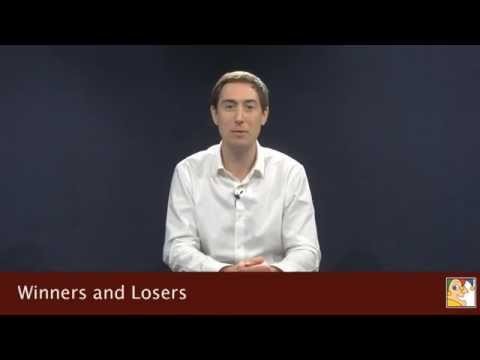Hedge Fund Investors Are Sure Losers in Herbalife Fight
Post on: 16 Март, 2015 No Comment

16 Feb 12, 2013 6:30 PM EST
As Bill Ackman. Dan Loeb and Carl Icahn do battle over Herbalife Ltd. it is impossible to predict which hedge-fund manager has bet correctly and will “win.”
I do know exactly who the losers will be: hedge-fund investors as a group.
Ackman has been betting that Herbalife is operating a pyramid scheme and, therefore, is overvalued. Loeb has taken the opposite position. Icahn, meanwhile, has been rumored to have followed Loeb and gone long on the nutrition-products company.
What is certain is that as soon as Loeb placed a big long bet against Ackman’s short bet on Herbalife. investors in the funds, as a group, became the losers because of the way hedge-fund compensation works. If you are an investor in both the Ackman and Loeb funds, the total return before fees on the Herbalife trade will be 0 percent. Whatever Ackman makes, Loeb loses; and, vice versa. If Ackman makes $1 billion, Loeb loses $1 billion.
It gets worse. Let’s say both funds also charge a management fee of 2 percent and a carried interest or profit share of 20 percent, as is common practice. If both hedge funds make offsetting $1 billion bets, investors will pay $40 million in management fees over a year. And let’s say that one hedge fund makes 20 percent, or $200 million, on the trade while the other loses $200 million. The winning fund will be entitled to a $40 million profit share (20 percent of $200 million).
Offsetting Positions
What is the net effect? Investors have given the hedge funds $2 billion. In total, they have earned a return of 0, before fees. Including fees, they have lost $80 million for a return of minus 4 percent. As long as Ackman and Loeb have offsetting positions, this outcome is guaranteed. While the hedge-fund managers pocket a total of $80 million, the investors in the hedge funds lose that same amount.
And the numbers get worse if volatility increases. If one hedge fund makes 40 percent while the other loses 40 percent, the total fees increase to $120 million for a combined return of minus 6 percent.
As hedge-fund assets have increased in the last decade, this kind of zero-sum trading has undoubtedly increased, too. Hedge funds cannot help trading against each other. This may well explain why their returns have been less than impressive in the past few years.
Last month, George Soros. the most successful hedge-fund investor of his generation, came to essentially the same conclusion. He argued that hedge funds, as a group, are unlikely to beat the market because they make up such a large fraction of the market. The Herbalife imbroglio provides a vivid illustration of the economics behind Soros’s view.
(Steven N. Kaplan is a professor of entrepreneurship and finance at the University of Chicago Booth School of Business. The opinions expressed are his own.)
To contact the writer of this article: Steven N. Kaplan at fskaplan@chicagobooth.edu
To contact the editor responsible for this article: Max Berley at mberley@bloomberg.net














